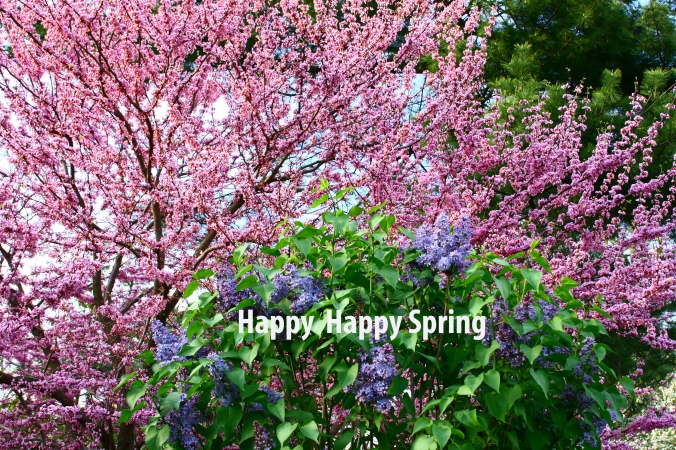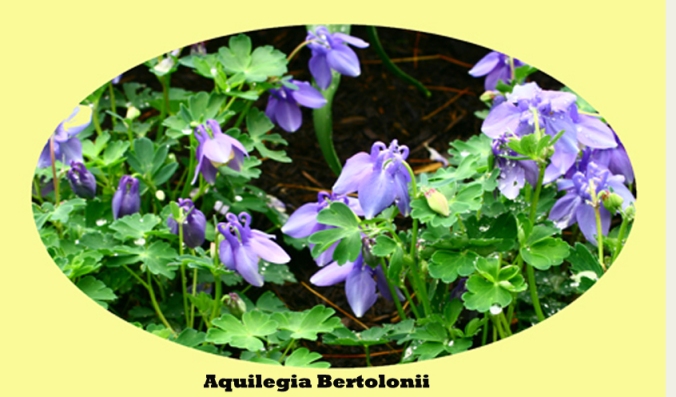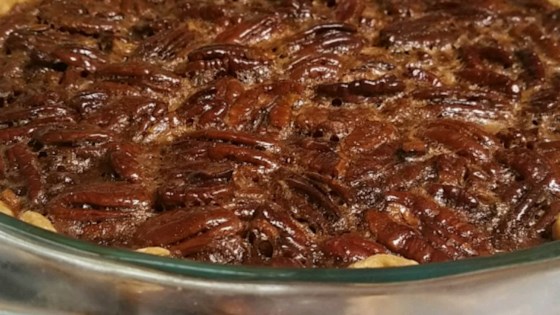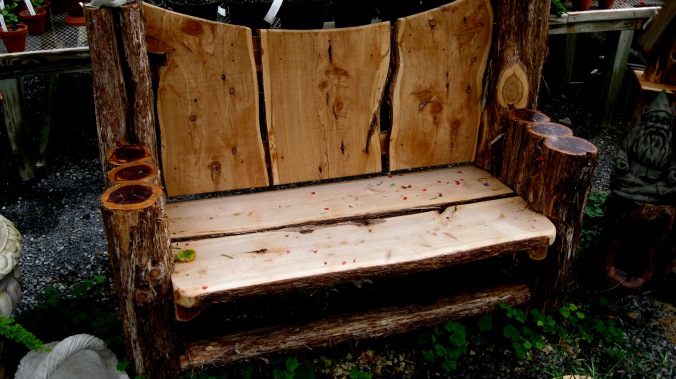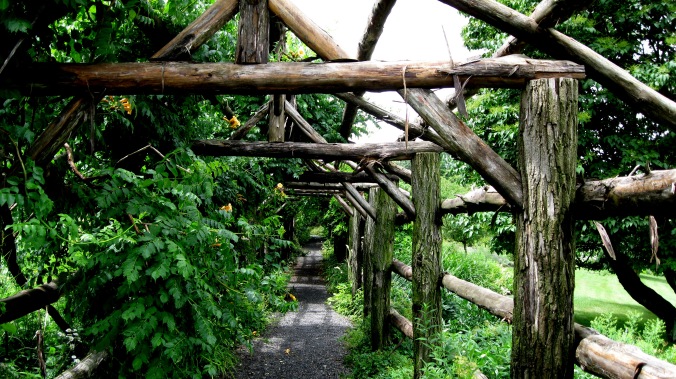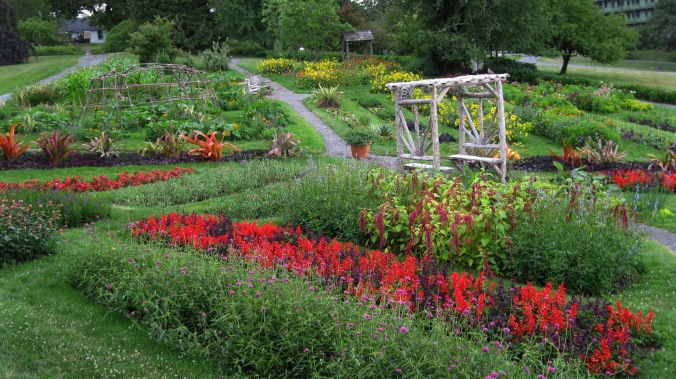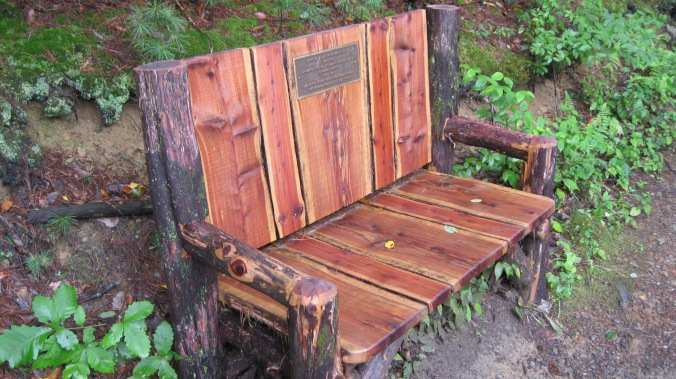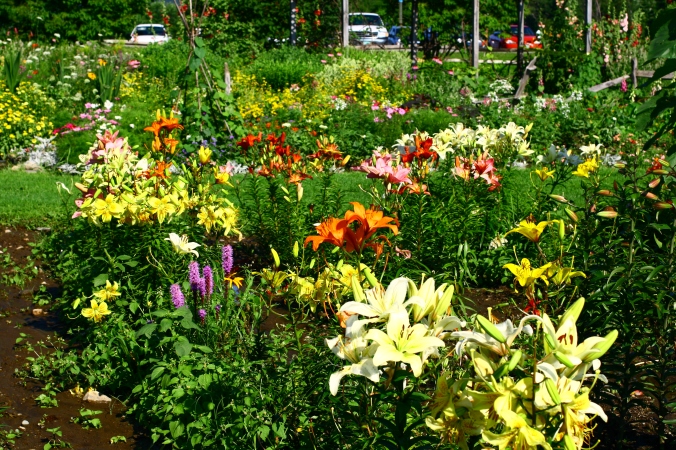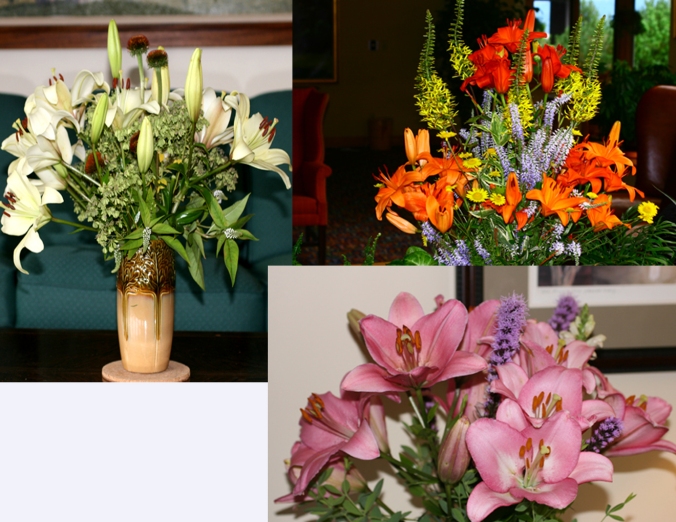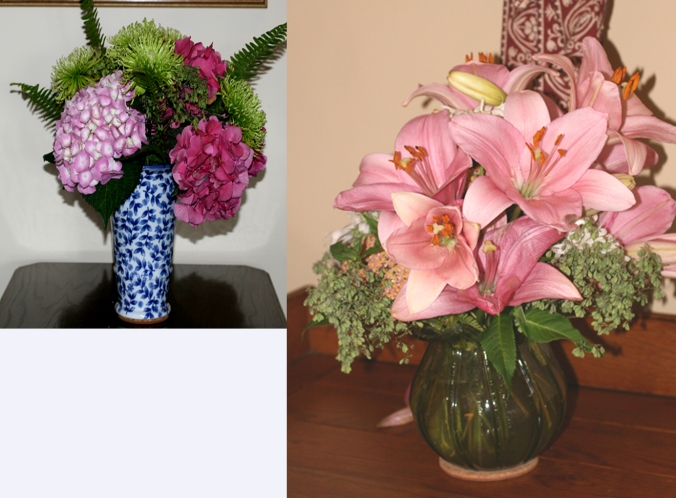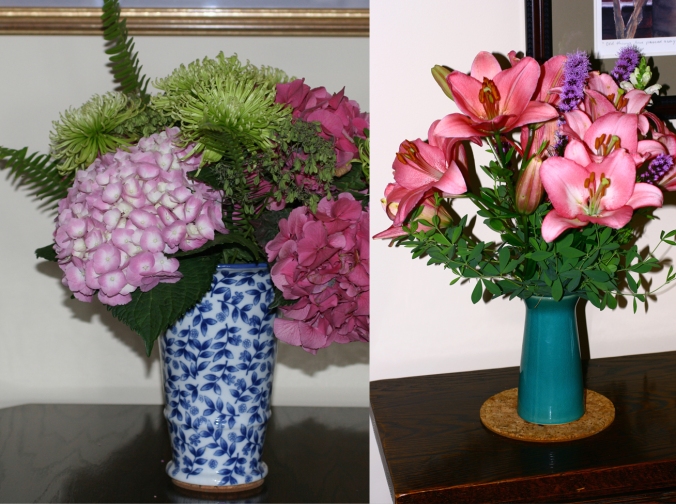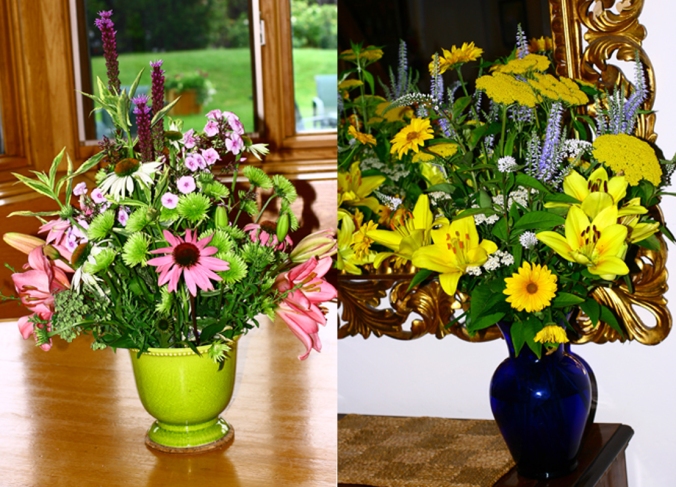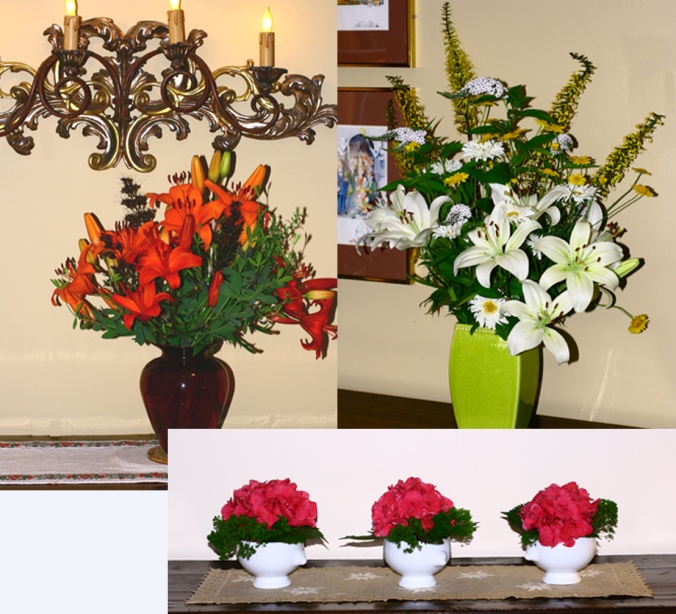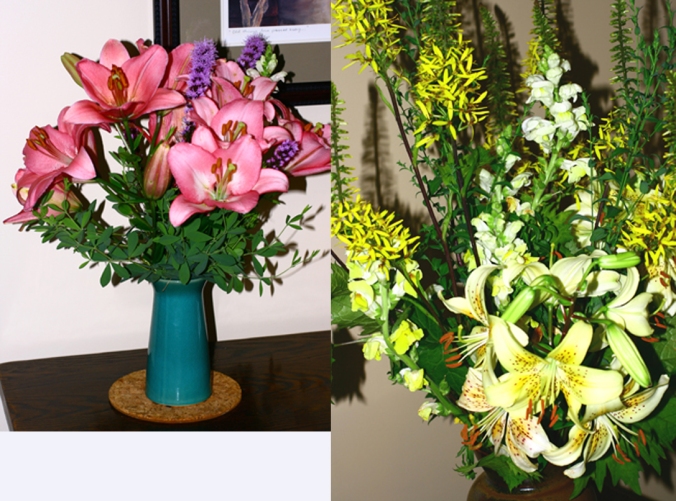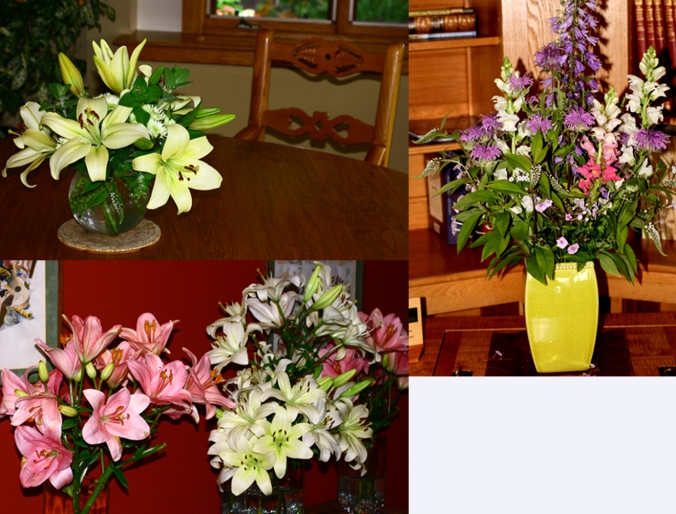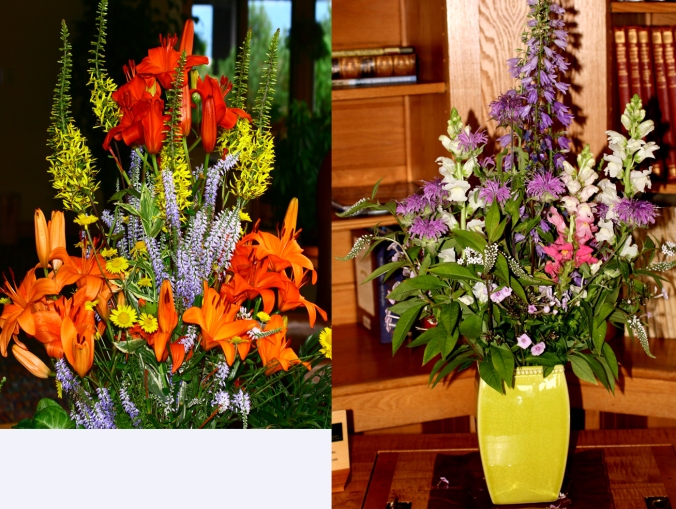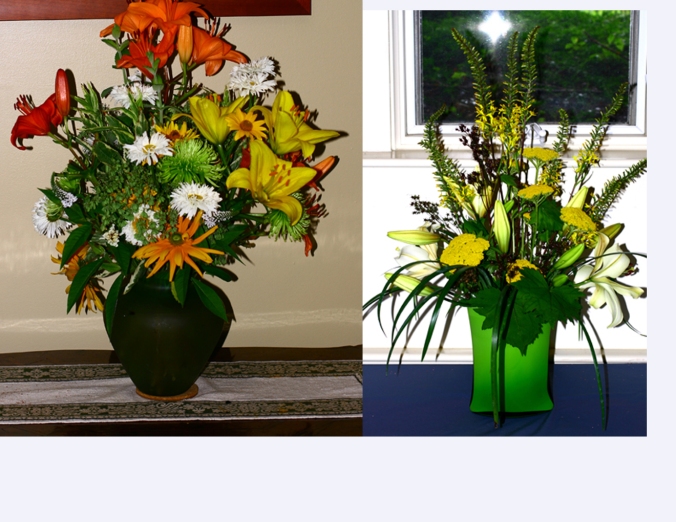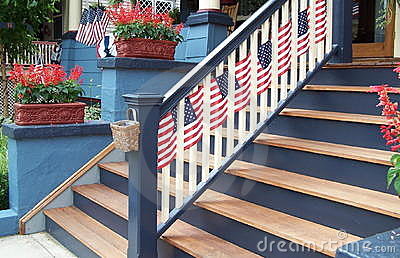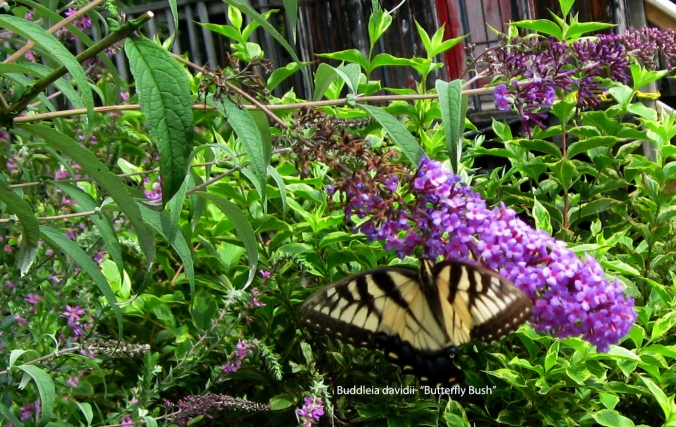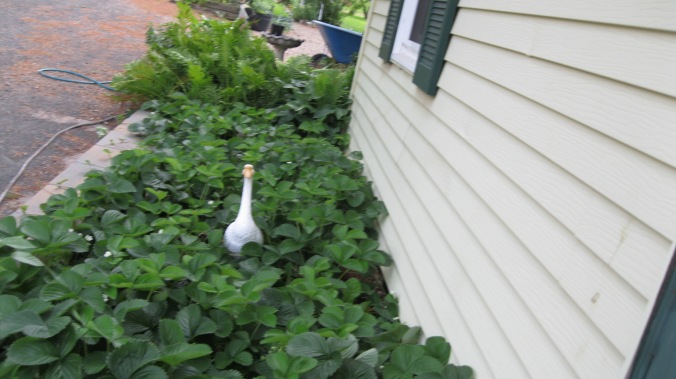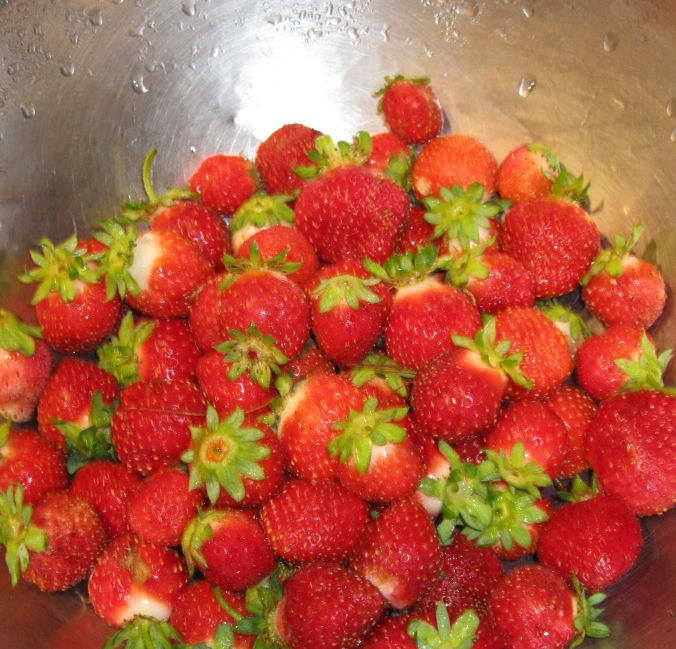Don’t Pull Out The Myosotis
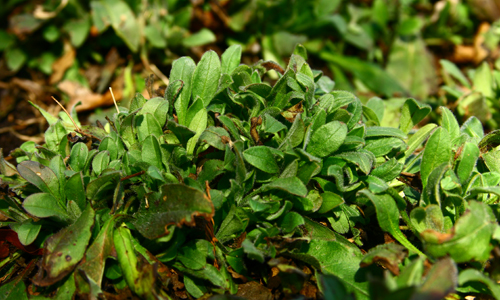

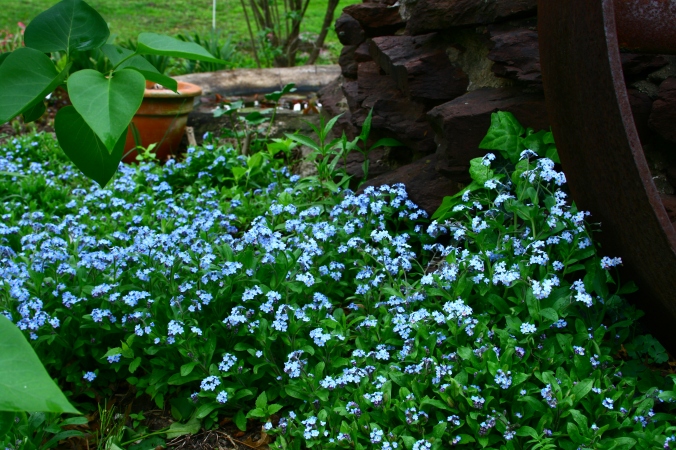 I was out in the gardens today doing some spring cleaning, and I came across a patch of Myosotis(Forget-me-nots),and had thought about how many times someone would tell me that they thought they weeded out their myosotis, and would ask me to show them what it looked like. Since spring cleaning is starting in the northeast, I thought that I would share with those who are unfamiliar with the spring foliage of these wonderful little plants. As you can see, they are easily confused with weeds.
I was out in the gardens today doing some spring cleaning, and I came across a patch of Myosotis(Forget-me-nots),and had thought about how many times someone would tell me that they thought they weeded out their myosotis, and would ask me to show them what it looked like. Since spring cleaning is starting in the northeast, I thought that I would share with those who are unfamiliar with the spring foliage of these wonderful little plants. As you can see, they are easily confused with weeds.
Myosotis can reseed far away from where it was planted the prior year. This is a good time to move the renegades to other parts of the garden. I’m going to move some to a bare patch around my pond where pink and white Phlox subulata are growing. Myosotis starts blooming from late April to June. A big mistake people make is removing them before they fully go to seed. You can always plant around them to hide the ugly foliage. After they turn brown, lift them and give them a good shake, or take the whole plant and shake it on some other part of the garden. The seed is very expensive to purchase.
When I sold commercially, I would dig up clumps from my stock and pot them up to sell. I would have to say that even though I grew over 1000 varieties of plants, myosotis would always out sell the others. If you’re having a plant sale in May, don’t forget to pot some up. Forget-me-nots are always big sellers, because they’re always getting weeded out.
